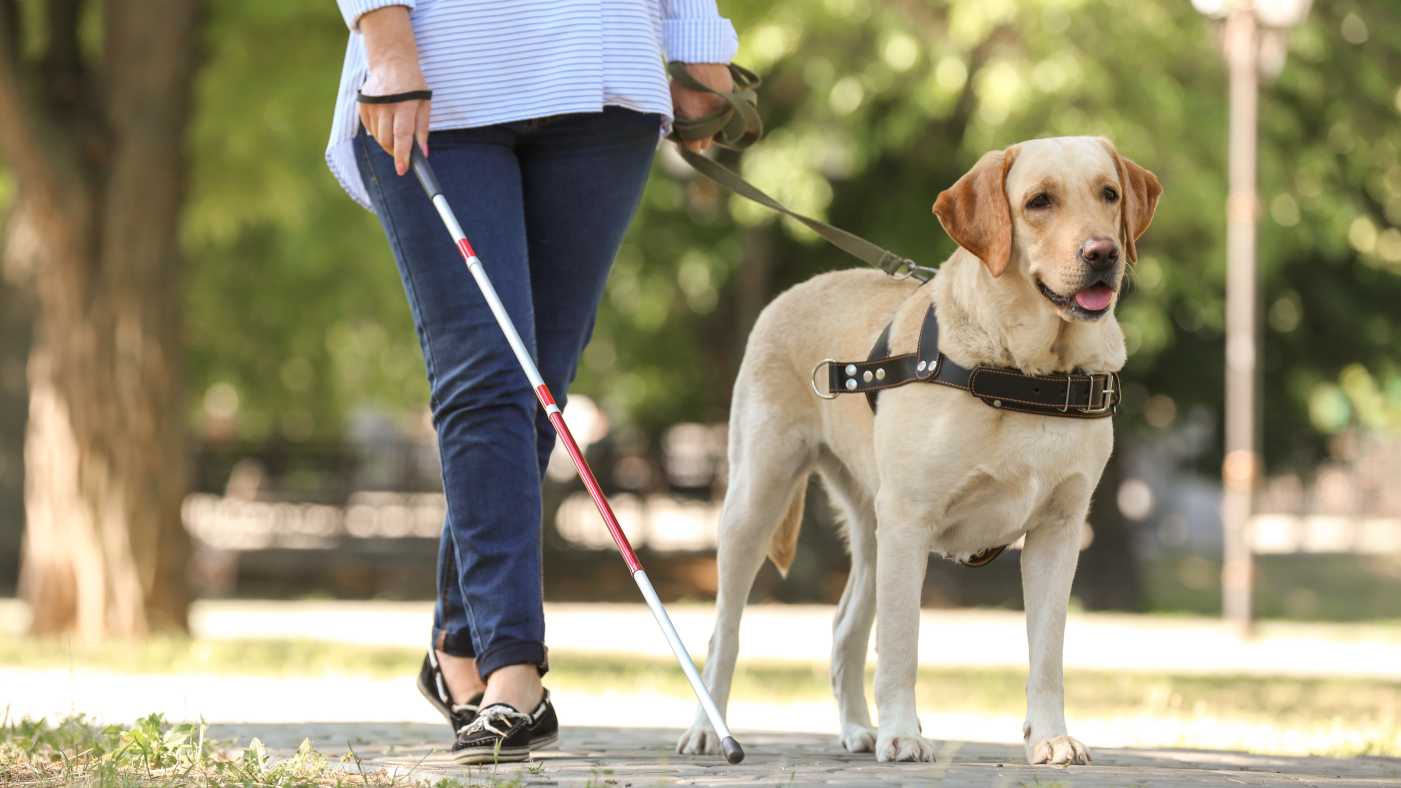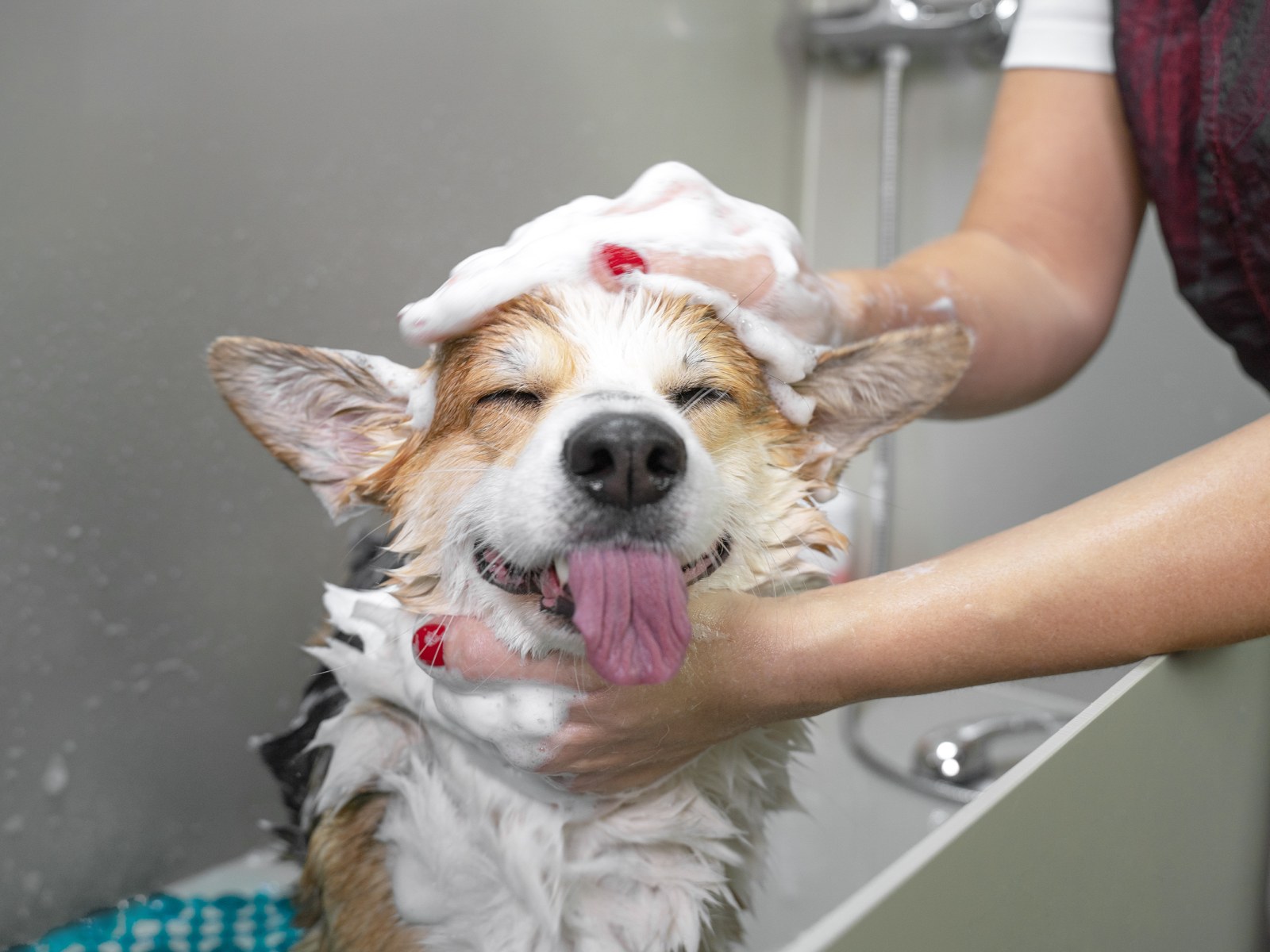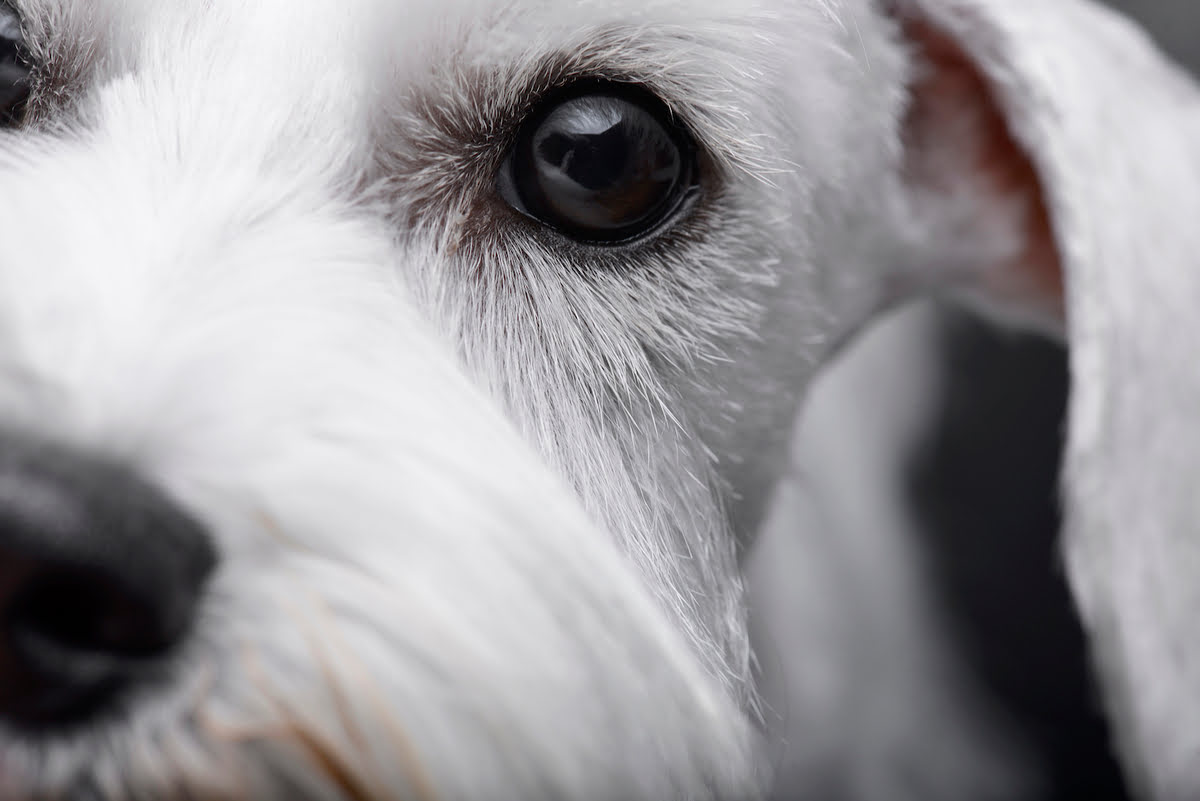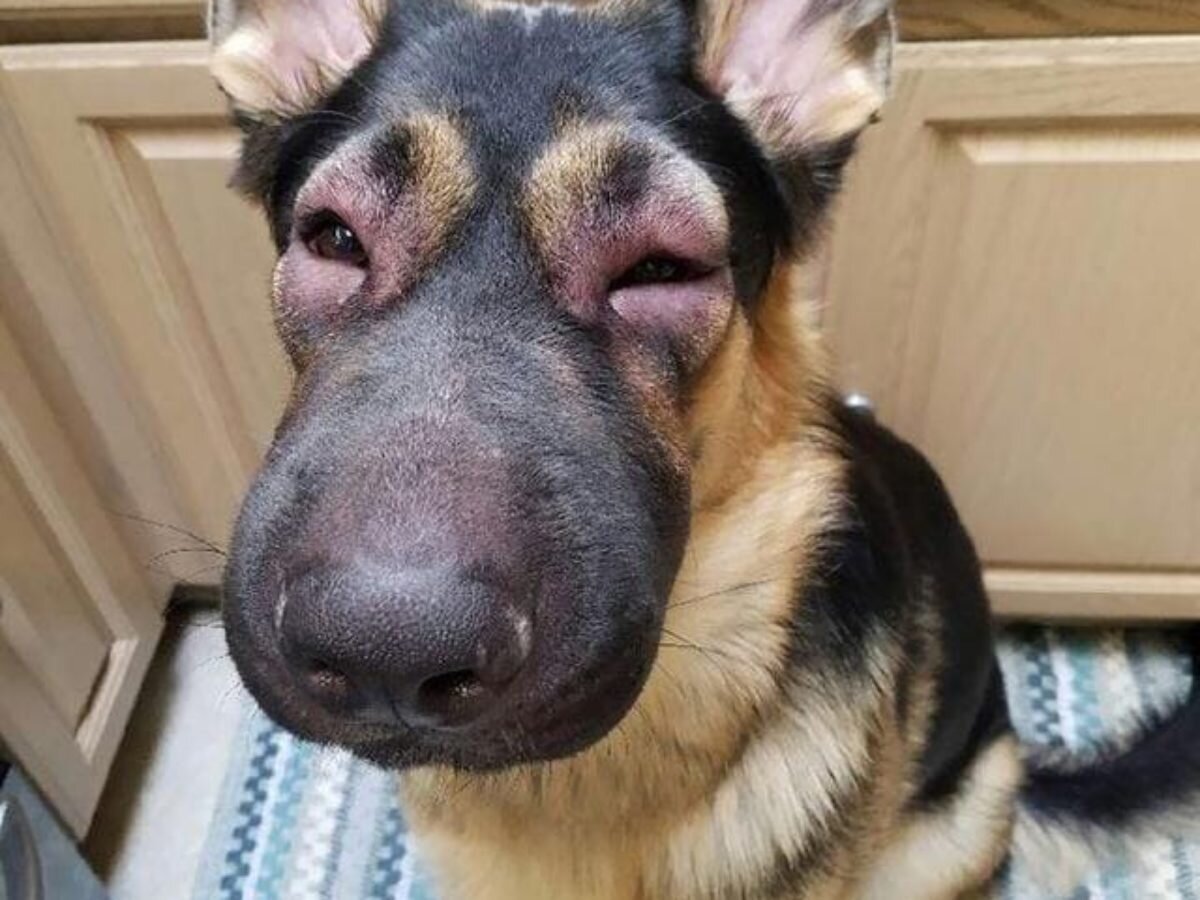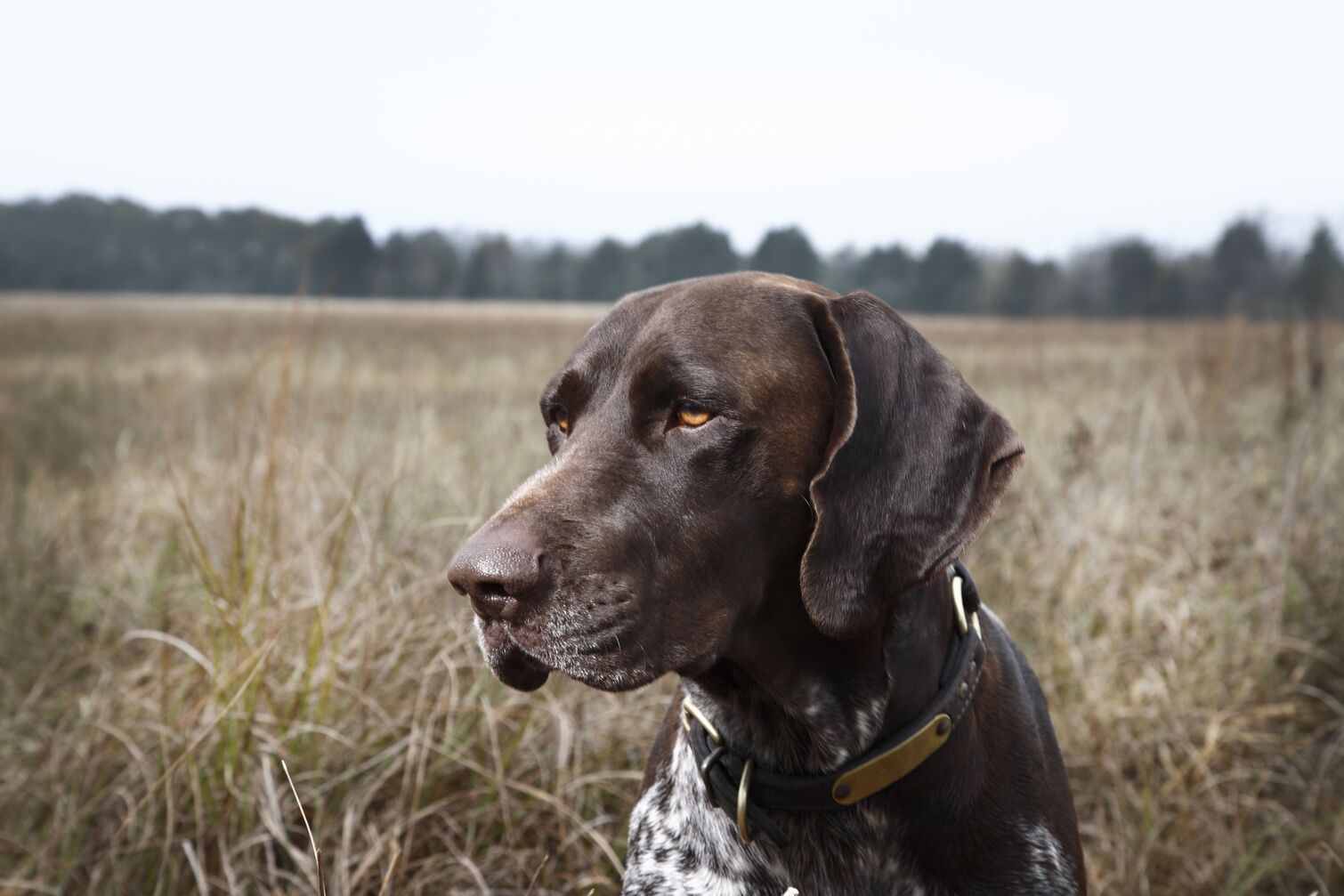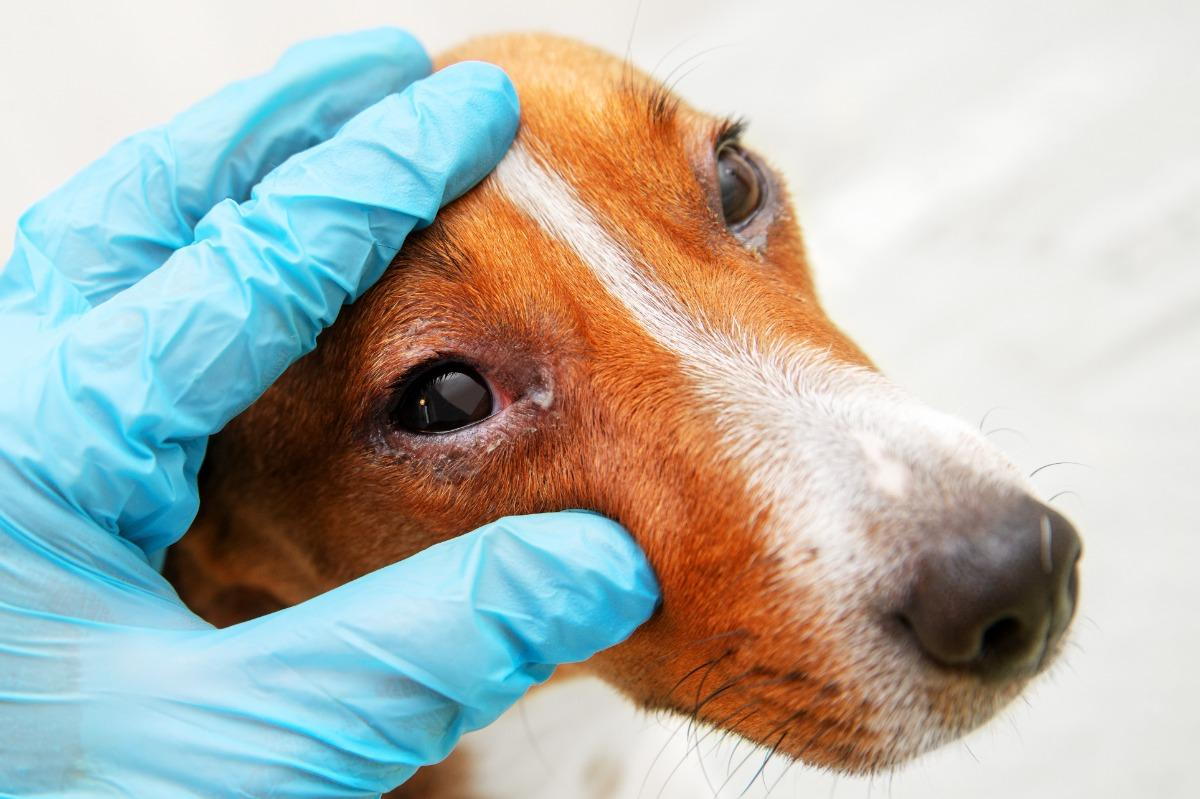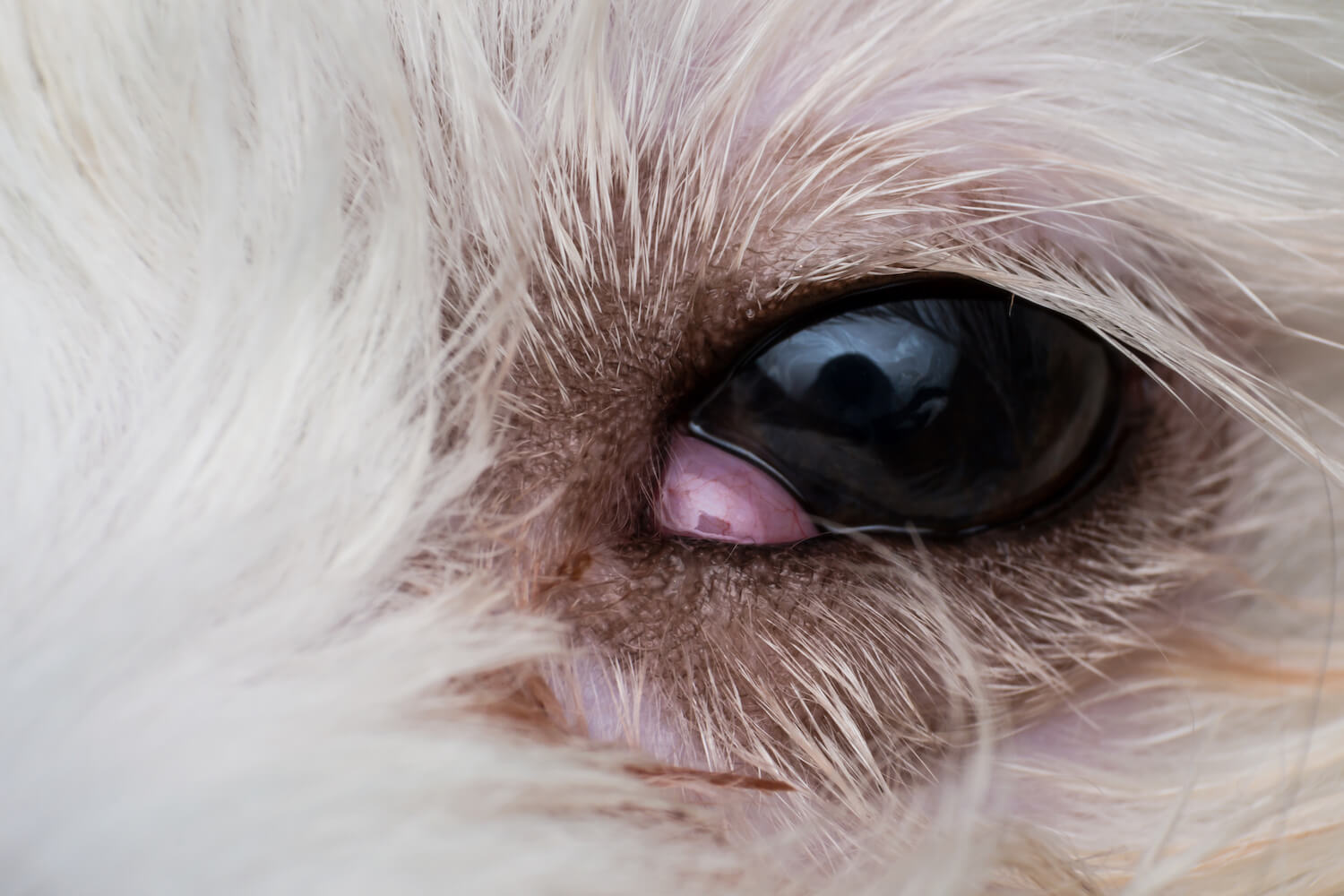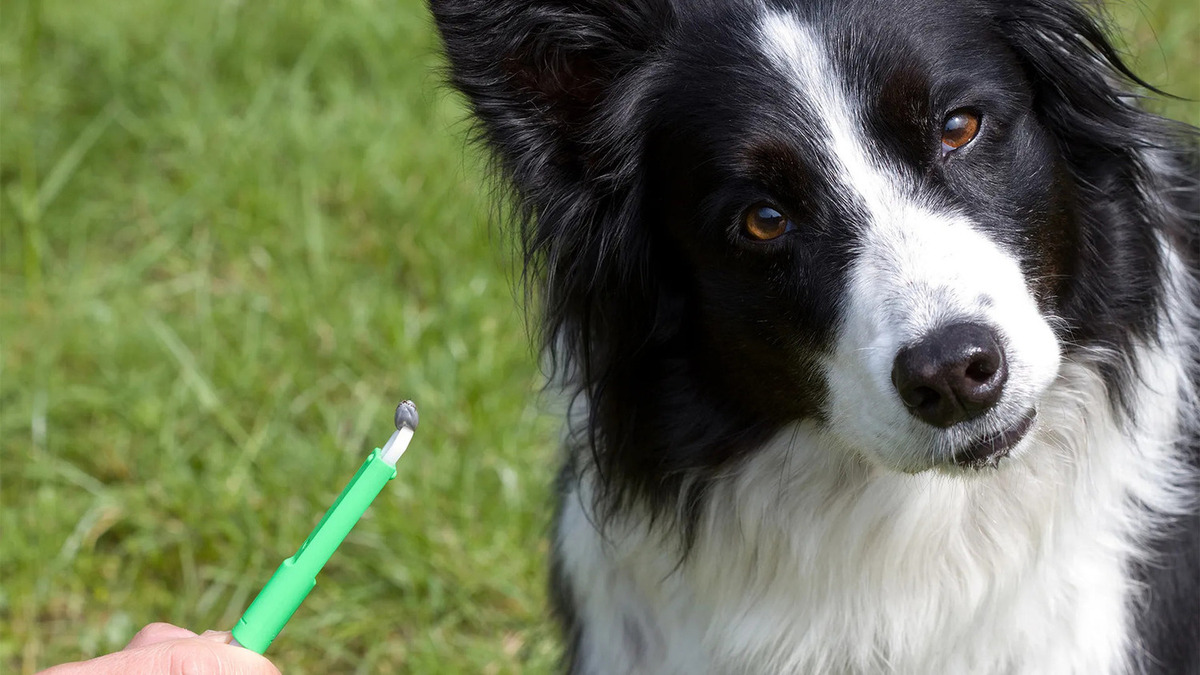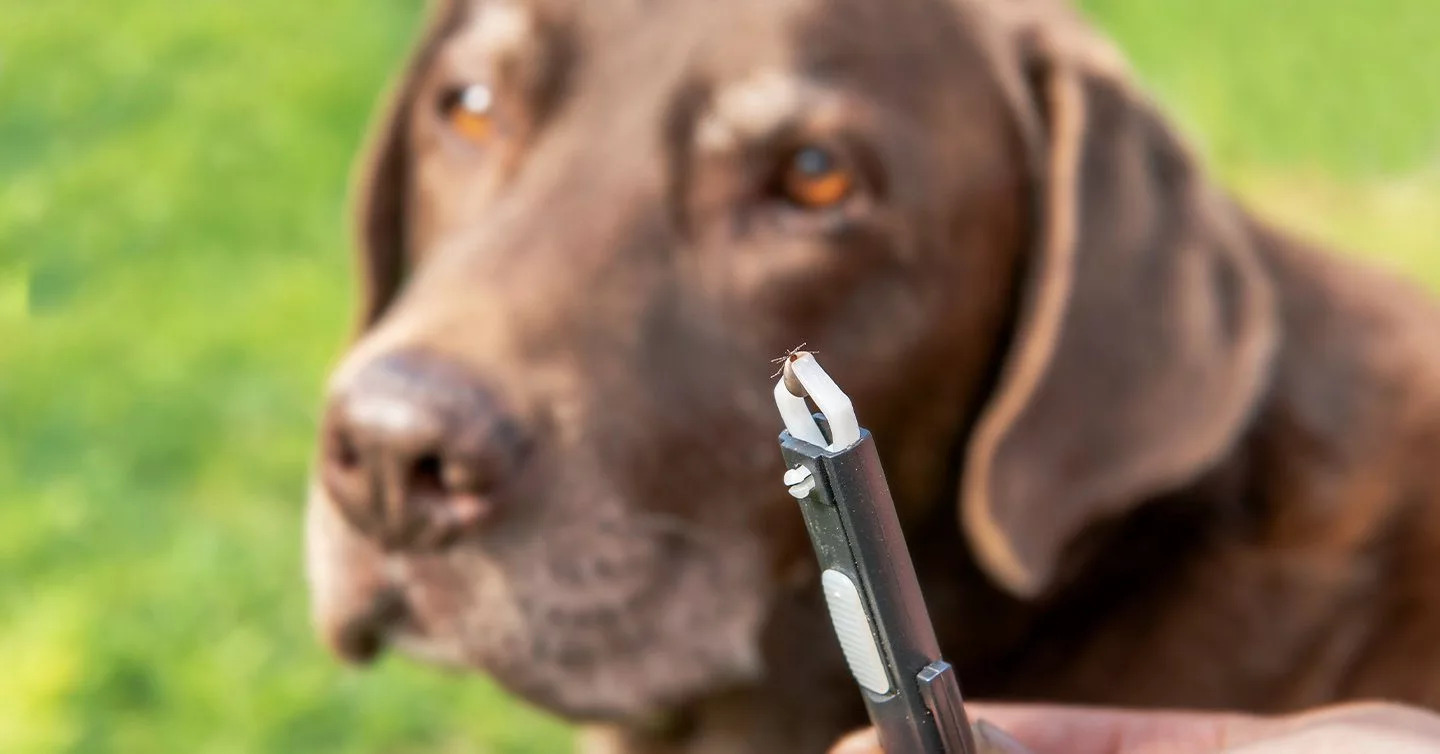Home>Health & Wellness>Common Health Issues>Eye and Ear Health>What To Do After A Dog’s Eye Is Removed
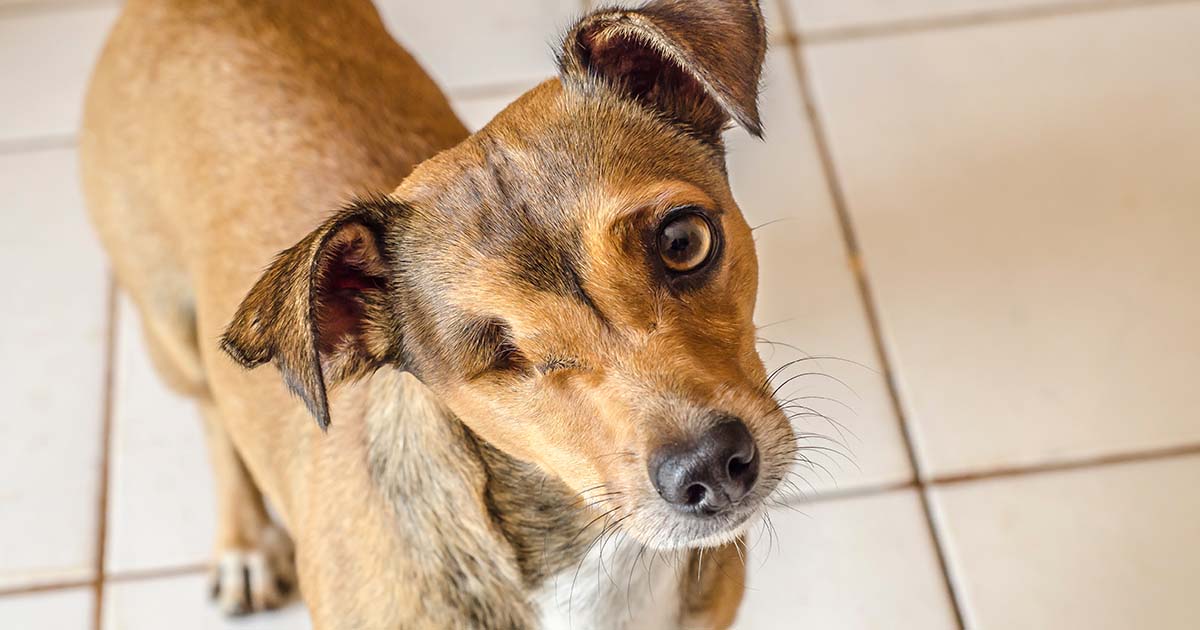

Eye and Ear Health
What To Do After A Dog’s Eye Is Removed
Modified: February 21, 2024
Discover expert advice on caring for a dog after eye removal surgery. Learn about post-operative care and maintaining overall eye and ear health.
(Many of the links in this article redirect to a specific reviewed product. Your purchase of these products through affiliate links helps to generate commission for Pawsomeoldies.com, at no extra cost. Learn more)
Table of Contents
Introduction
Losing a pet's eye can be a distressing experience for both the pet and their owner. However, it's essential to understand that dogs are incredibly resilient animals and can adapt remarkably well to such changes. After a dog's eye is removed, it's crucial to provide the necessary care and support to ensure their comfort and well-being. This comprehensive guide will walk you through the steps to take after your dog undergoes eye removal surgery, offering insights into immediate post-surgery care, long-term management, and the emotional adjustment process for both you and your furry companion. Understanding the reasons for eye removal, the immediate post-surgery care, and the long-term care and management are all vital aspects that will be covered in detail. Additionally, we will explore how to help your dog adjust to their new life with one eye, providing you with the knowledge and confidence to support your pet through this challenging time.
Understanding the reasons for eye removal
Eye removal, also known as enucleation, is a surgical procedure performed on dogs for various medical reasons. Understanding the underlying causes for this procedure is crucial for pet owners to comprehend the necessity and potential benefits for their furry companions. Here are some common reasons for eye removal in dogs:
-
Severe Trauma or Injury: Dogs, being naturally curious and active animals, are susceptible to accidents and injuries that can result in severe trauma to the eye. In cases where the eye is extensively damaged and cannot be salvaged through other treatments, eye removal may be the most viable option to alleviate the dog's pain and prevent potential complications.
-
Intractable Pain or Infection: Certain eye conditions, such as untreatable glaucoma or severe, unresponsive infections, can cause significant discomfort and compromise the dog's overall well-being. In such cases, the removal of the affected eye can provide relief from chronic pain and prevent the spread of infection to other parts of the body.
-
Tumors or Cancer: The presence of tumors or cancerous growths in the eye can necessitate the removal of the affected eye to prevent the spread of malignant cells and mitigate the risk of further health complications. Additionally, removing the affected eye may be a crucial step in the overall treatment plan for addressing the underlying cancer.
-
End-Stage Eye Diseases: Dogs may suffer from progressive, end-stage eye diseases that severely impair vision and cause persistent discomfort. In situations where the affected eye is non-functional and poses ongoing health challenges, the decision to remove the eye may be made to improve the dog's quality of life and prevent potential complications.
Understanding these reasons for eye removal underscores the importance of prioritizing the dog's health and well-being. While the decision to proceed with eye removal can be emotionally challenging for pet owners, it is essential to trust the expertise of veterinary professionals and prioritize the long-term health and comfort of the canine companion. By gaining insight into the reasons behind this procedure, pet owners can approach the post-surgery phase with a deeper understanding of the necessity and potential benefits for their beloved pet.
Immediate post-surgery care
After your dog undergoes eye removal surgery, providing immediate post-surgery care is crucial to facilitate their recovery and ensure their comfort. Here are the essential steps and considerations for caring for your dog during the initial phase following the surgery:
1. Pain Management:
- Your veterinarian will likely prescribe pain medication to alleviate any discomfort your dog may experience after the surgery. It's important to administer the medication as directed and monitor your dog for any signs of pain or distress.
2. Wound Care:
- Keep the surgical site clean and dry. Your veterinarian will provide specific instructions for cleaning and caring for the surgical wound. It's essential to follow these instructions diligently to prevent infection and promote healing.
Read more: How To Remove Eye Gunk From Dogs
3. Preventing Self-Trauma:
- Dogs may instinctively try to scratch or rub their surgical site, which can impede the healing process. To prevent self-trauma, your veterinarian may recommend using an Elizabethan collar (cone) to restrict your dog's access to the surgical area.
4. Monitoring for Complications:
- Keep a close eye on your dog for any signs of complications, such as excessive swelling, discharge, or unusual behavior. If you notice any concerning symptoms, promptly contact your veterinarian for guidance.
5. Comfort and Rest:
- Create a comfortable and quiet space for your dog to rest and recover. Minimize physical activity and provide a calm environment to support their healing process.
6. Follow-Up Appointments:
- Schedule and attend any follow-up appointments recommended by your veterinarian. These appointments are essential for monitoring the healing progress and addressing any concerns that may arise.
Read more: What To Do With An Infection In A Dog’s Eye
7. Emotional Support:
- Shower your dog with love and reassurance. The post-surgery period can be challenging for your pet, so offering comfort and emotional support is vital for their well-being.
By diligently following these post-surgery care guidelines and maintaining open communication with your veterinarian, you can contribute to a smooth and successful recovery for your dog. Remember that each dog's healing process may vary, so it's important to be patient and attentive to your pet's needs during this critical phase.
Long-term care and management
Following the immediate post-surgery phase, the long-term care and management of a dog that has undergone eye removal surgery are essential for ensuring their ongoing health, comfort, and quality of life. Here are the key aspects to consider for the long-term well-being of your one-eyed canine companion:
1. Ongoing Veterinary Monitoring:
Regular veterinary check-ups are crucial to monitor the overall health and well-being of your dog. These check-ups allow the veterinarian to assess the healing of the surgical site, address any potential complications, and provide ongoing guidance for your pet's specific needs.
2. Eye Socket Care:
Proper care of the eye socket is vital to prevent infection and promote healing. Your veterinarian will provide instructions on how to clean and care for the eye socket, including the use of gentle cleansing solutions and monitoring for any signs of irritation or discharge.
Read more: What To Do For Dog Eye Irritation
3. Protection from Injury:
As your dog adjusts to their altered vision, it's important to minimize the risk of injury to the remaining eye. Creating a safe environment, free of potential hazards, and providing gentle guidance during activities can help protect your pet from accidents.
4. Nutrition and Exercise:
Maintaining a balanced diet and appropriate exercise routine is essential for your dog's overall health. Ensure that your pet receives a nutritious diet and regular, gentle exercise to support their physical well-being.
5. Behavioral and Emotional Support:
Some dogs may experience emotional adjustments following eye removal surgery. Providing a supportive and loving environment, along with positive reinforcement, can help your pet adapt to their new circumstances and thrive emotionally.
6. Monitoring for Changes:
Stay vigilant for any changes in your dog's behavior, appetite, or physical condition. Any unusual symptoms or concerns should be promptly addressed with your veterinarian to ensure timely intervention if needed.
7. Adaptations for Vision Impairment:
If your dog experiences vision impairment in the remaining eye, consider making adjustments to their living environment to accommodate their needs. This may include avoiding sudden changes in the environment, using verbal cues, and providing consistent routines to support their visual adaptation.
By prioritizing these aspects of long-term care and management, you can help your dog lead a fulfilling and comfortable life after eye removal surgery. Remember that each dog's adjustment process may vary, so patience, attentiveness, and ongoing support are key to promoting your pet's well-being in the long term.
Adjusting to life with a one-eyed dog
Adjusting to life with a one-eyed dog involves a blend of practical considerations, emotional support, and a deep understanding of your pet's resilience and adaptability. As a pet owner, your role in facilitating this adjustment process is pivotal in ensuring your dog's comfort and well-being as they navigate their new reality.
One of the initial aspects of this adjustment is recognizing that your dog's physical appearance may have changed, but their spirit and essence remain unchanged. Embracing your pet's individuality and unique charm can help foster a positive and accepting environment for both you and your furry companion. It's essential to convey unconditional love and acceptance, reinforcing the bond you share with your dog.
Furthermore, providing a safe and supportive living environment is crucial for a one-eyed dog. This involves making subtle adjustments to your home to minimize potential hazards and create a secure space for your pet to move around comfortably. Additionally, offering gentle guidance and reassurance during activities can help your dog build confidence and adapt to their altered depth perception.
Emotional support plays a significant role in the adjustment process. Some dogs may experience a period of emotional adaptation following eye removal surgery. Patience, empathy, and consistent reassurance can aid in alleviating any anxiety or uncertainty your pet may feel. By maintaining a positive and encouraging atmosphere, you can help your dog regain their trust and confidence, ultimately fostering a sense of security and contentment.
In addition to emotional support, positive reinforcement and mental stimulation can contribute to your dog's overall well-being. Engaging in interactive play, introducing new toys, and incorporating gentle training exercises can help your pet stay mentally active and emotionally fulfilled. These activities not only provide stimulation but also strengthen the bond between you and your dog.
Finally, seeking support from fellow pet owners or online communities can be invaluable. Connecting with individuals who have experience caring for one-eyed dogs can offer insights, encouragement, and a sense of camaraderie. Sharing experiences and learning from others can provide a source of comfort and guidance as you navigate this journey with your beloved pet.
Adjusting to life with a one-eyed dog is a process that requires patience, understanding, and unwavering support. By embracing your pet's resilience, providing a nurturing environment, and seeking support when needed, you can help your dog thrive and continue to experience a fulfilling and joyous life, regardless of their altered vision.
Conclusion
In conclusion, the journey of supporting a dog through eye removal surgery and the subsequent adjustments encompasses a blend of medical care, emotional support, and a deep understanding of the resilience and adaptability of our canine companions. The decision to proceed with eye removal surgery is often a challenging and emotional one for pet owners, but it is crucial to prioritize the long-term health and well-being of the dog. Understanding the reasons for eye removal, such as severe trauma, intractable pain or infection, tumors, or end-stage eye diseases, underscores the necessity of this procedure in alleviating the dog's suffering and preventing further health complications.
The immediate post-surgery care phase requires diligence and attentiveness, encompassing pain management, wound care, and emotional support for the dog. This critical period sets the foundation for a smooth recovery and lays the groundwork for the long-term care and management of the one-eyed canine companion. Long-term care involves ongoing veterinary monitoring, eye socket care, protection from injury, proper nutrition and exercise, behavioral and emotional support, monitoring for changes, and adaptations for vision impairment. By prioritizing these aspects, pet owners can contribute to their dog's overall well-being and quality of life.
Adjusting to life with a one-eyed dog involves creating a safe and supportive environment, offering emotional support, and embracing the unique charm and resilience of the pet. Providing a nurturing atmosphere, engaging in positive reinforcement, and seeking support from fellow pet owners can aid in the dog's emotional adaptation and overall adjustment to their altered vision.
Ultimately, the journey of caring for a one-eyed dog is a testament to the unwavering bond between pet and owner, the resilience of our furry companions, and the capacity for love and understanding. By approaching this journey with empathy, patience, and a commitment to the well-being of the dog, pet owners can create a fulfilling and joyous life for their one-eyed canine companions, celebrating their resilience and unwavering spirit.

